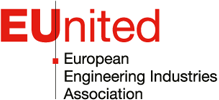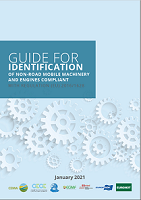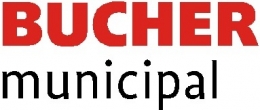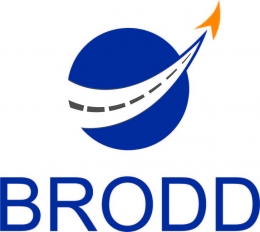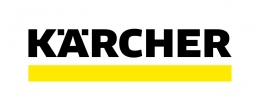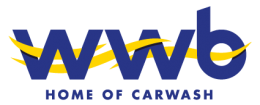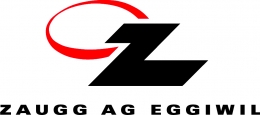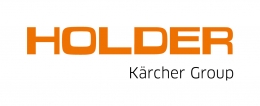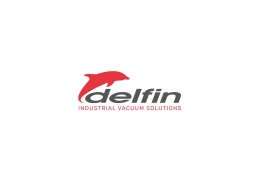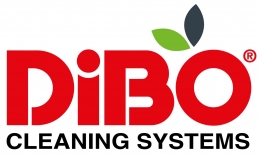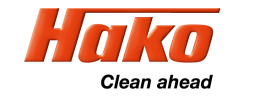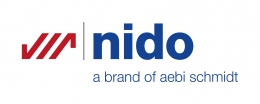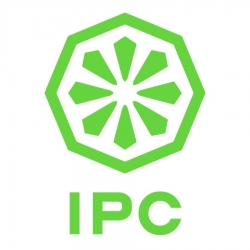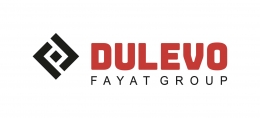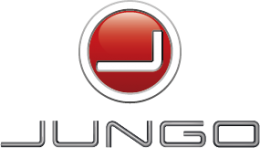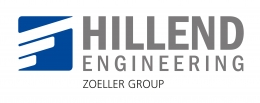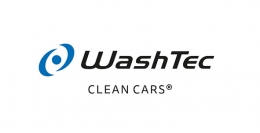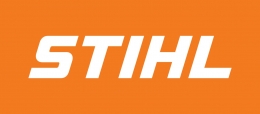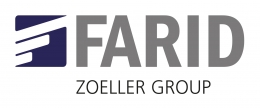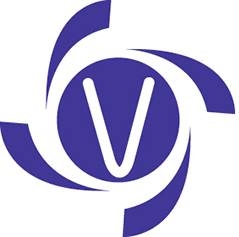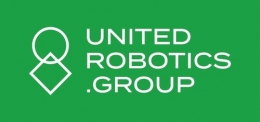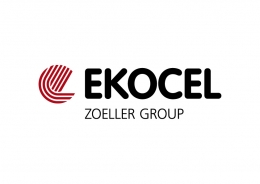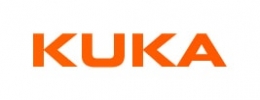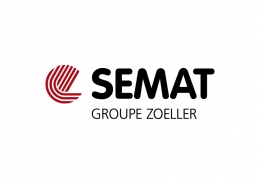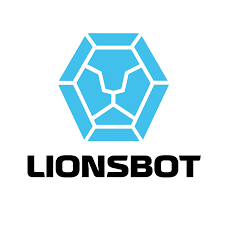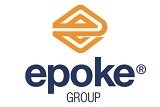

March 2019
EUnited's position on Draft Ethics Guidelines for Trustworthy AI by EC's High-Level Expert Group
Following the publication on the 18th December 2018 of the the European Commission’s High-Level Expert Group (HLEG) on AI’s Draft Ethics Guidelines for Trustworthy AI as well as a Definition of AI: Main Capabilities and Scientific Disciplines, EUnited has the following comments:
EUnited welcomes the European Commission’s initiative to work on a set of guidelines concerning the uptake and use of artificial intelligence (AI) in the European Union. It specifically welcomes efforts to define what we mean by the term AI, particularly in the context of ongoing evaluations of existing legislation.
Definition
EUnited’s members believe that any definition of AI should describe current and reasonably foreseeable technology and should avoid capturing technology which doesn’t exist and is highly unlikely to exist in the foreseeable future or is commensurate with marketing rather than any available or foreseeable technology.
Secondly, EUnited suggests the removal of all the concepts from the AI definition which equate – explicitly or implicitly – machines to humans (“human intelligence”, “learning”, "perception", "reasoning", "interpreting", “reaching conclusions" etc.). In each case, we make proposals for alternative wording.
As such our proposed definition would be:
Artificial intelligence (AI) refers to computer systems designed by humans that, given a complex task, act by processing the structured or unstructured data collected in their environment according to a set of instructions and operations, determining the best action(s) to take to perform the given task, via software or hardware actuators. AI computer systems can also adapt their behaviour by analysing how the environment is affected by their previous actions.
Ethics Guidelines
EUnited welcomes many aspects of the Guidelines, and the logic of the document described in the introduction is clear and helpful. However, the document remains extremely long and detailed for a set of Guidelines. There may also be some missing concepts in our opinion.
Our comments are as follows:
- The Guidelines appear to follow the precautionary principle. That is to say there does not appear to be a section dealing with the risks associated with not using AI technology.
- Linked to the above, there may also be instances where using AI may be more ethical than not doing so (for example in some medical/healthcare applications), yet this terrain is not explored.
- EUnited understands that Chapter III will be completed by a series of use cases to illustrate “how the framework for trustworthy AI and the Assessment List can be tailored to specific contexts”. It is of the utmost importance for an effective ethical Guideline to clearly distinguish areas/applications of high and low risk, rather than simply outlining risks and approaches, regardless of the actual risk in the specific field. A one-size-fits-all approach is not suitable here. After all, many AI systems which currently exist operate in applications where there is no contact with humans or impact on them, or they are systems carrying out very simple tasks for which an analysis of all the ethical considerations contained in the Guidelines would be disproportionate.
- Linked to the previous point, there are moments where the Guidelines seem overly prescriptive and difficult to imagine being applied in practice. For example, prescribing non-discrimination requirements on gender, ethnicity, age, sexual orientation (p. 23) to ensure diversity of teams working on AI systems in companies may be theoretically desirable, but practically unobtainable, particularly for SMEs. The real importance lies in ensuring that AI systems do not lead to discrimination in their application.
- In general, AI systems are incredibly broad in terms of the intended application. Ethical considerations should be proportionate to the risks associated with the application, taking into account what rights and obligations are already enshrined in European Law, such as safety and human rights legislation.
EUnited remains at the Commission’s disposal for more in-depth discussions of the points set out in these comments.
Furthermore, it is important to point out that EUnited supports Orgalim's position on considering the Guidelines as an interim report. This means approving the draft guidelines at this stage should by no means bind associations or their members in any way now or in the future, particularly regarding adaptation of processes and protocols for internal operational matters or R&D. This is because we are still quite far away from a document which would:
a) reflect the reality of Industrial AI, so before raising the impression that these guidelines will fully cover all applications of AI, priori assessment of the AI application is necessary in order to understand the extent to which the Guidelines apply to the application being developed.
b) provide practical guidance to companies (doubts remain about the feasibility of guidelines that would fit all industry sectors). A very basic aspect of this is the length of the document and the redundancies which it contains.
Industrious Brussels EU District, Avenue des Arts 6-9, 1210 Brussels, Belgium, +32 490 57 57 65
Transparency Register number: 0289344948-82
